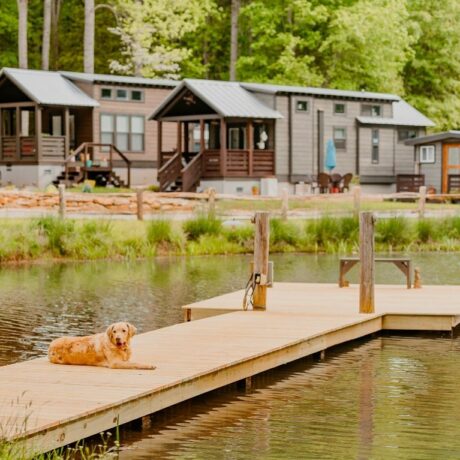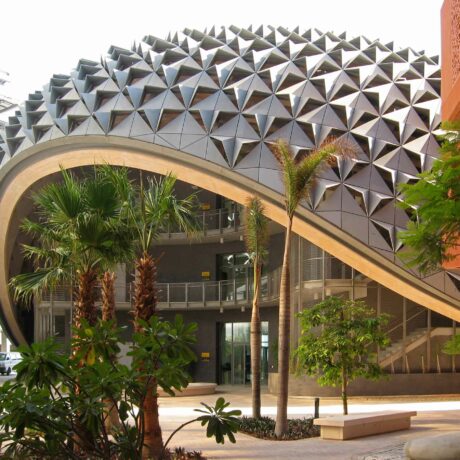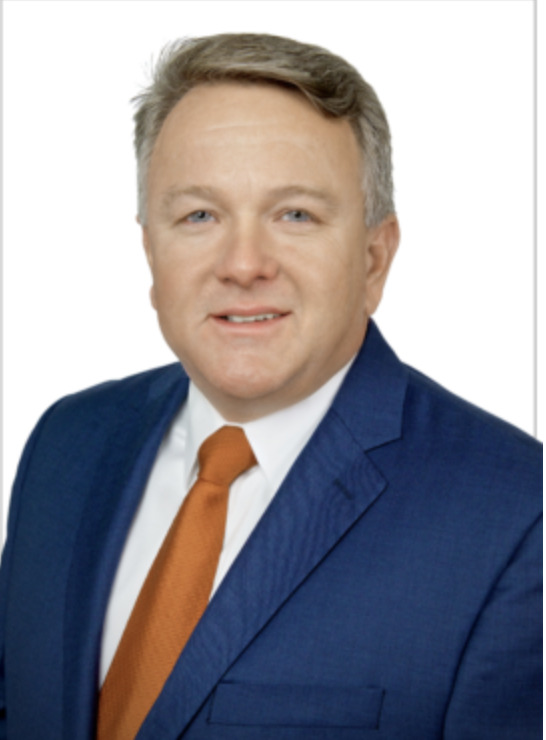
Author’s Bio
Sean Cronan is the President of Cronan & Associates, an independent manufacturers rep firm based in Dallas, TX which offers a complete package of furniture for corporate, healthcare and education environments, as well as ergonomic, acoustic and signage solutions.
One of the greatest struggles that most of us have in our work environment is the lack of focus. This is usually due to distractions all around us. IPSOS/Steelcase researchers found that on average, 86 minutes of an employee’s workday is lost due to distractions, and worse, once we lose focus, it takes 23 minutes on average to regain that focus. Multiply that by all the distractions that we have throughout the day, and it is no wonder that we often reach the end of the workday and feel like we haven’t accomplished anything. Distractions come in all forms, but one that employees consistently complain about is noise. Loud conversations, noise from computers, printers and devices, phones, as well as other annoying sounds in the workplace, lead to a complete lack of focus. Better acoustics can lead to less distraction and more focus. Sometimes there are simple solutions to addressing poor acoustics, but often it can be a complex issue. We can address poor acoustics with the ABC approach‑Absorb, Block and Cover. Depending on the situation, one of these, or a combination of these solutions, can be extremely effective at addressing workplace acoustics.
Sound Absorption, the firstt component of the ABC approach to improving acoustics, can come in a lot of forms. Aside from the noise itself, it is often compounded by reflective materials (concrete, drywall, tile, etc.) inside the space, the height of ceilings, construction of walls and other factors. These materials can cause a very annoying reverberation of the sound. The Noise Reduction Coefficient (or NRC) describes the average sound absorption performance of a material. NRC is a single number value ranging from 0.0 to 1.0. Depending on the acoustic material and the way it is applied, that acoustic material can achieve anywhere from a .3 to a 1.0. These materials can be wall mounted, ceiling mounted/suspended or freestanding. They can also be attached to fixtures or furniture.
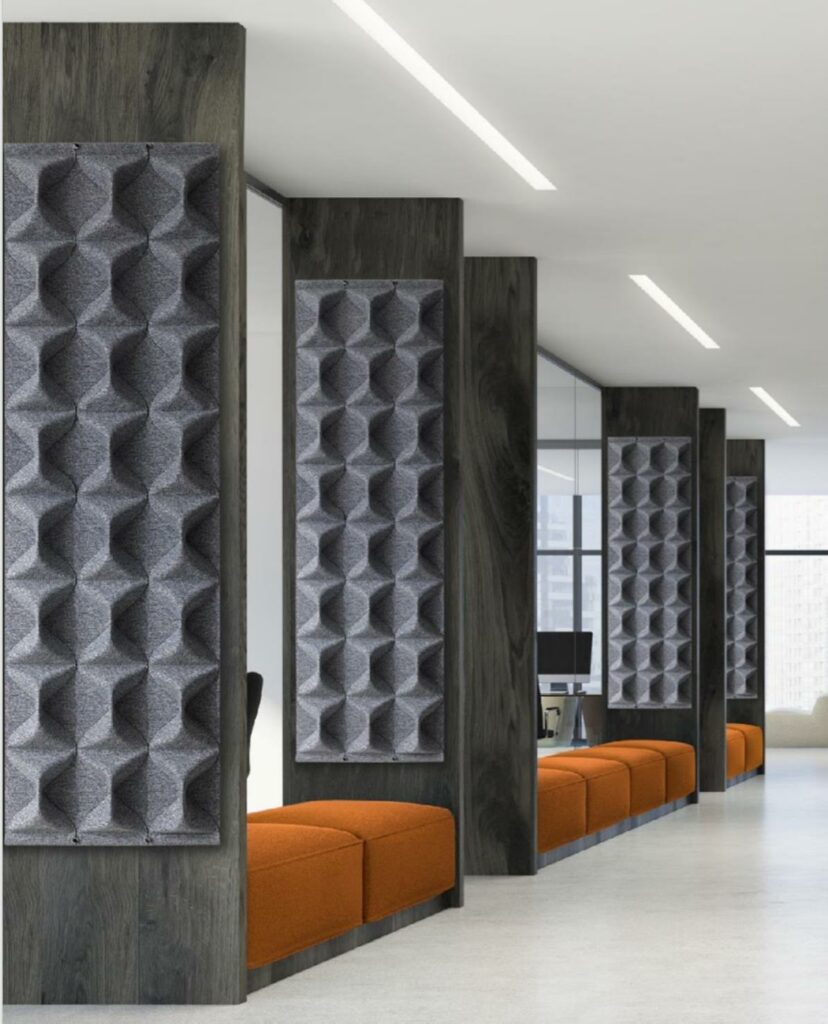
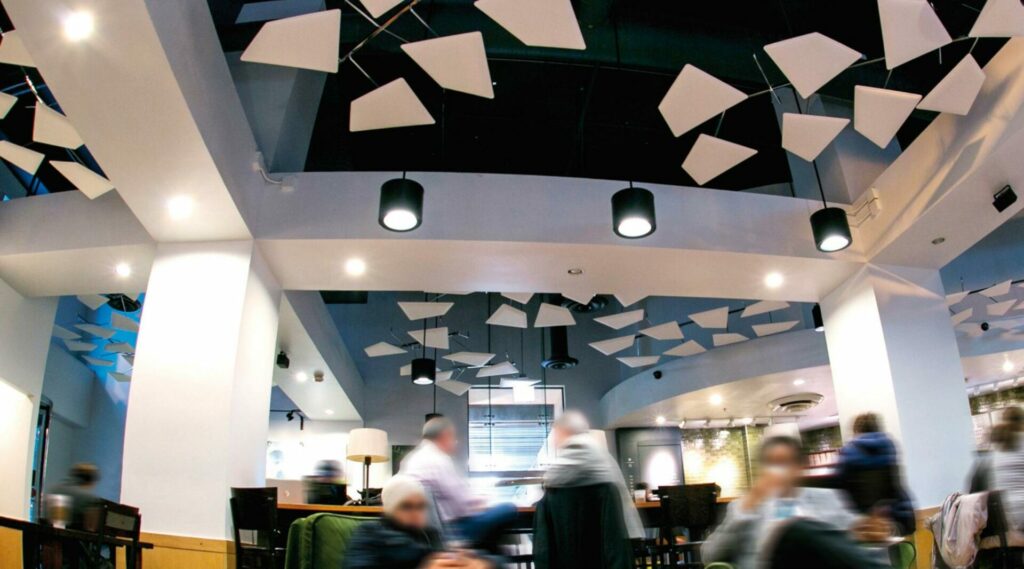
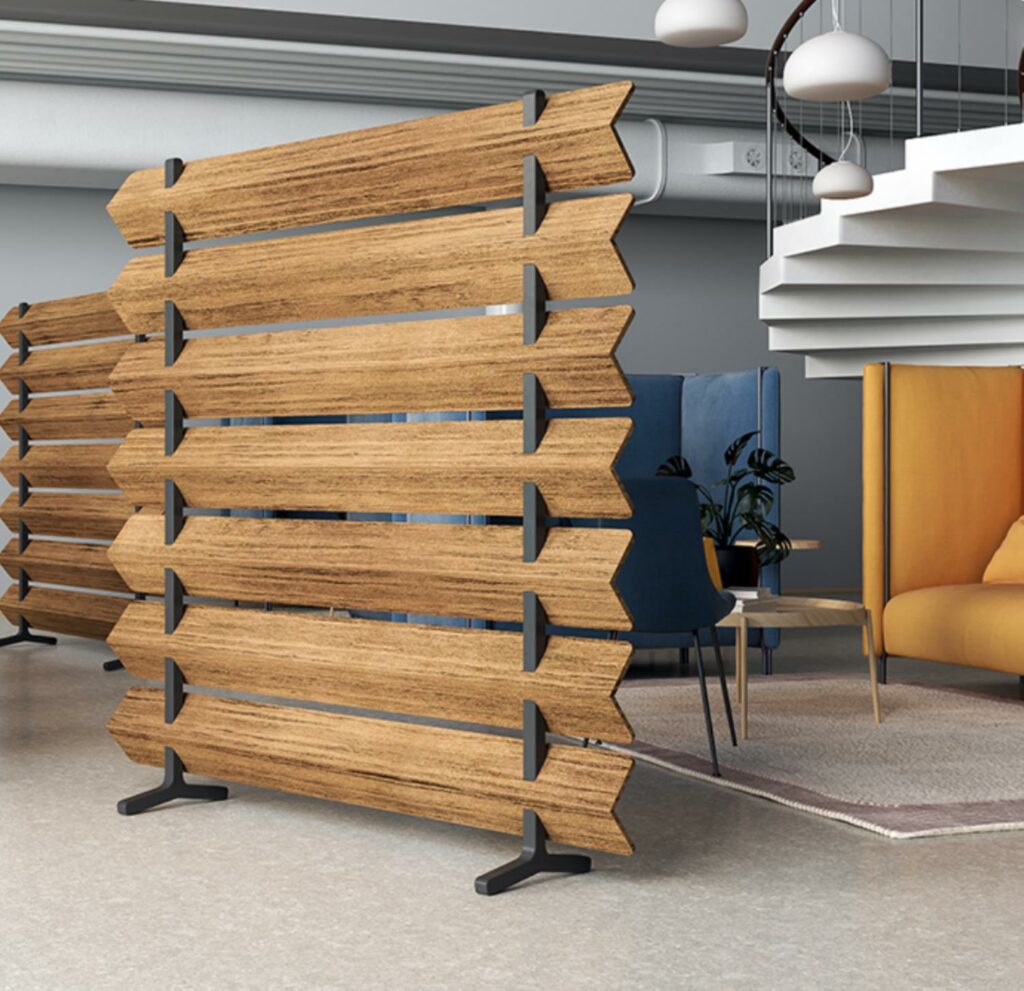
Sound Blocking, the second component of the ABC approach to improving acoustics, generally comes in the form of walls or panels that separate offices or workstations. With that, you again run into the issue of the material with which they are constructed, how tall they are, etc. If a wall or panel is constructed of glass, drywall, or laminate, you then may create a reverberation issue, which could create a further need for sound absorption. Demountable wall and panel system manufacturers often tout their high STC (sound transmission class) rating. An STC rating is a score given to a surface (wall, ceiling, window, etc.) based on its ability to reduce sound coming through it. STC ratings range from 25 – 65. The higher the rating, the less the noise penetration. But, if that great STC rating is created by building the product with a highly reflective surface, it may have created a greater acoustic issue.
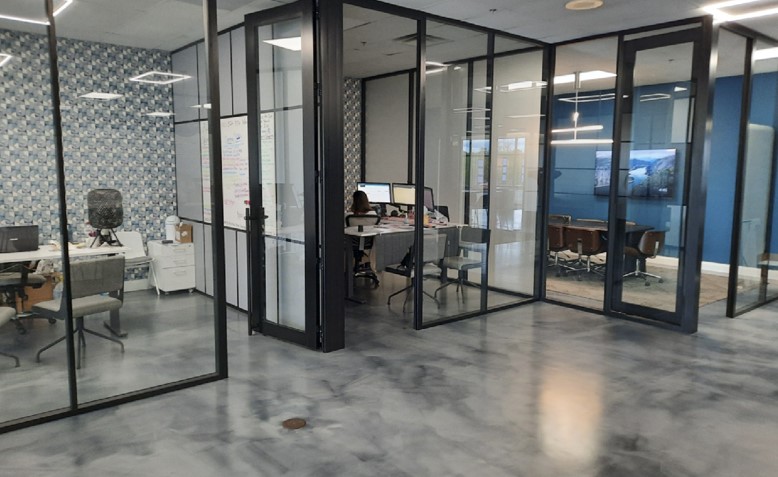

Sound Covering is the third component of the ABC approach to improving acoustics. Pre-Covid, the open office concept was all the rage. Lining people up to work in a “benching” style application was touted as a great way to get people to work together and encourage collaboration. Not to mention, it made for very efficient space planning. In some situations it worked very well, and in other situations, it didn’t. The greatest complaint that employees have when working in a benching application is that there is too much noise and distraction. The employee’s solution? —Put on headphones or Air Pods. But that begs the question, how much collaboration occurs when everyone has their ears covered? Covering sound is accomplished with sound masking. Sound masking is essentially background sound that covers, or “masks” unwanted sound. A sound masking system consists of a series of loudspeakers installed in a grid-like pattern in the ceiling, as well as a method of controlling those speakers’ output. The loudspeakers distribute an engineered background sound, raising the facility’s ambient level in a highly controlled fashion. This ambient sound, not only masks unwanted sound, and also prevents confidential conversations from easily be overheard, which makes employees and visitors less nervous about talking.

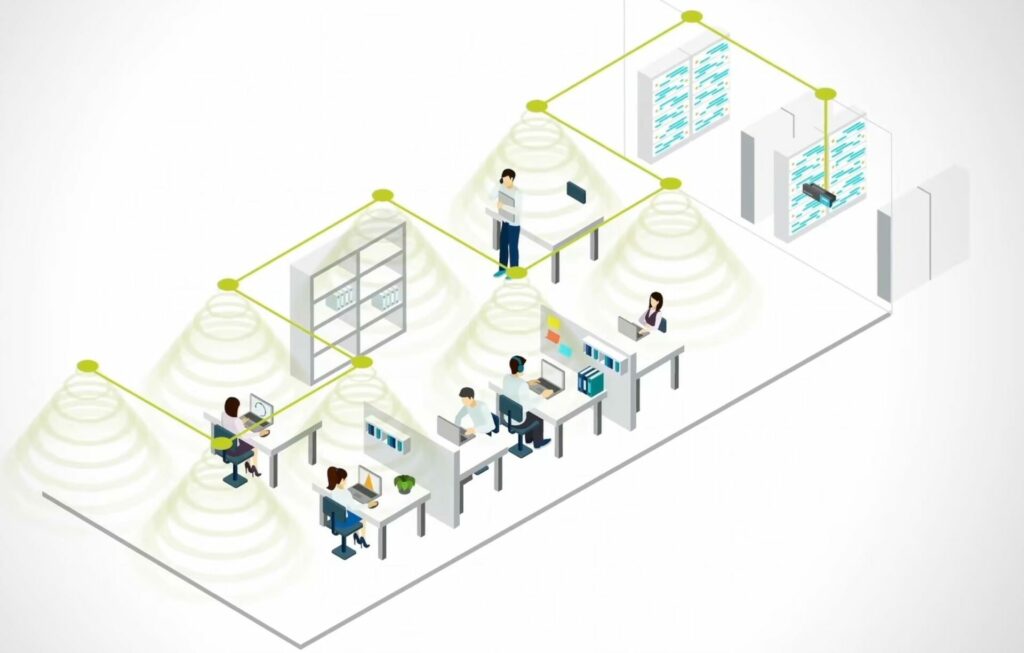
Lastly, another solution that has come into play is one that disregards the acoustics of the rest of the current workspace altogether. That solution is the acoustic booth. These booths can be a great solution when you need complete privacy, complete focus, or when the ABCs of Acoustics have not been addressed throughout the rest of the office space. A good quality acoustic booth offers a controlled acoustical environment and can address everything from making a simple phone call, to having meetings with groups of people. Some acoustic booths can offer a true work area complete with enough room for a task chair and height adjustable worksurface, which allows for sitting and standing. And some acoustic booths are even designed specifically for web meetings. These “hybrid” booths offer seating, face lighting, VESA mounts for monitors/camera setups, and other options, all built into the booth.

A good acoustic booth will not only provide great acoustics, but it should also allow for consistent and frequent air flow in and out of the booth, good lighting (some even dimmable), as well as power/data options. In general, acoustic booths can vary greatly in quality, so buyer beware. Low-cost acoustical booths sold online tend to be on the lower end of the quality spectrum. They generally are shipped knocked down, and can take several hours to install. Higher quality acoustical booths are generally purchased through contract office furniture dealers, who can bundle in professional installation services.
Solving acoustical issues in the work environment is different for each office space. With a combination of the ABC approach to acoustics and/or acoustic booths, you can provide your employees the optimal acoustical solution.



